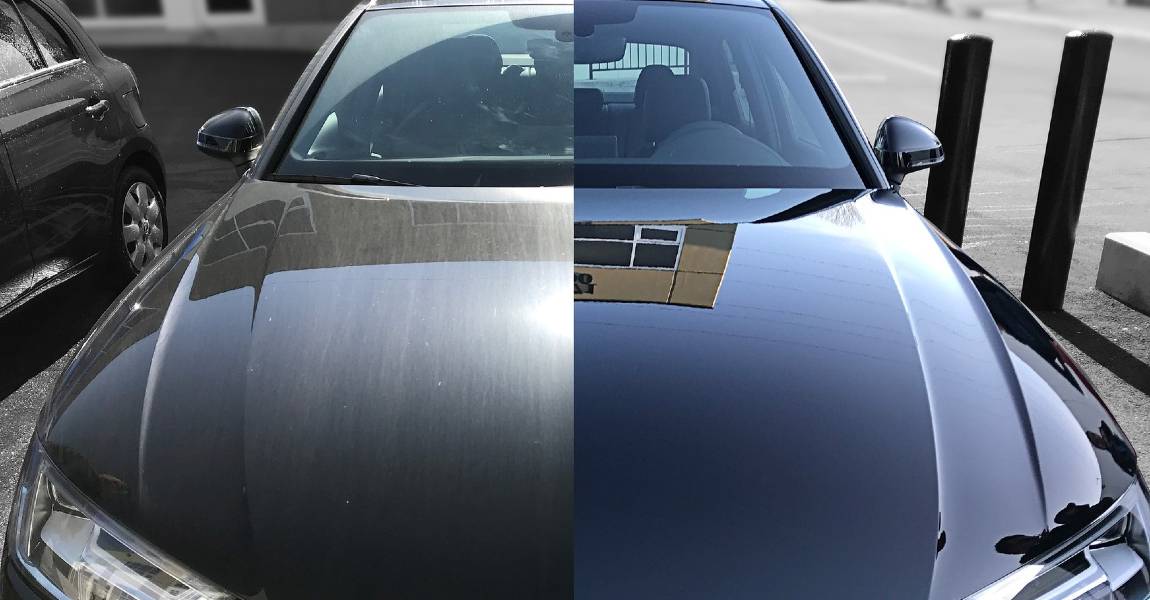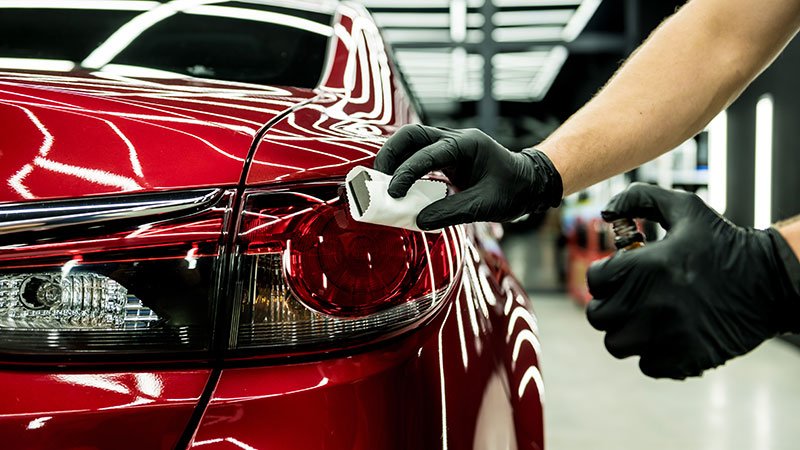Get high-quality auto detailing to refresh your vehicle’s beauty.
Wiki Article
A Comprehensive Guide to the Types of Ceramic Layer on the marketplace
Ceramic coverings have actually arised as an essential service throughout numerous industries as a result of their special homes and applications. From silica-based solutions recognized for their robustness to crossbreed alternatives that combine several benefits, the choices readily available can be overwhelming. Comprehending the nuances of each type, including their specific advantages and excellent usage cases, is crucial for making informed choices. As we check out the distinct attributes and applications of these coverings, the implications for efficiency and longevity end up being progressively apparent, raising concerns concerning which type might ideal fit your requirements.Understanding Ceramic Coatings
Ceramic layers are advanced protective options that have obtained popularity in different industries, especially in auto and aerospace applications. These layers include a liquid polymer that, when cured, creates a sturdy, hydrophobic layer on the surface of the substrate. This layer supplies enhanced resistance to ecological contaminants, UV radiation, and chemical exposure, therefore prolonging the life and visual allure of the underlying product.The essential element of ceramic coatings is silica, which contributes to their firmness and durability. The application procedure commonly entails surface prep work, application of the coating, and curing, which can be accomplished via warmth or UV light. When treated, ceramic layers display outstanding bonding residential properties, allowing them to stick highly to a variety of surface areas, consisting of metals, plastics, and glass.
Along with their safety attributes, ceramic coatings likewise supply simplicity of upkeep. Their hydrophobic nature decreases the adherence of dirt and crud, making cleaning easier and less regular. Generally, the fostering of ceramic finishings represents a substantial improvement in surface protection innovation, offering both practical and visual advantages across multiple sectors.
Sorts Of Ceramic Coatings
Different kinds of ceramic coatings are available, each made to fulfill certain efficiency needs and applications - Paint Protection Film. The most usual types include:Silica-based Coatings: These layers mainly are composed of silicon dioxide and are known for their durability and chemical resistance. They are commonly utilized in vehicle and industrial applications.
Titanium Dioxide Coatings: Prominent for their photocatalytic residential properties, titanium dioxide layers are typically applied in atmospheres where self-cleaning and antifungal properties are desirable, such as in building products and auto surfaces.
Zirconia Coatings: Defined by their high-temperature stability and thermal resistance, zirconia coverings are used in applications such as turbine engines and high-performance automotive parts.
Alumina Coatings: Exhibiting excellent hardness and thermal security, alumina finishes are often made use of in wear-resistant applications, including reducing devices and commercial equipment. - Auto Detailing
Crossbreed Coatings: Combining the residential properties of various materials, crossbreed coverings supply improved performance features, making them ideal for special and demanding applications.
Each type of ceramic finishing serves distinct objectives, allowing individuals to choose one of the his response most ideal service based on specific environmental problems and performance requirements.
Benefits of Ceramic Coatings
Ceramic finishes, in certain, deal countless benefits that make them progressively preferred among makers and customers alike. These finishes are resistant to scratches, chemicals, and UV rays, making sure that the underlying surface area remains protected over time.Along with toughness, ceramic layers offer exceptional hydrophobic residential or commercial properties, enabling very easy cleansing and upkeep. This water-repellent nature minimizes the adherence of dirt, crud, and other impurities, which can prolong the aesthetic allure and capability of the surface area. Additionally, ceramic layers can significantly enhance thermal resistance, making them suitable for applications that withstand high temperature levels.

Application Process
When using ceramic finishes, a careful technique is important to achieve optimum results. The application process generally begins with complete surface area prep work. This entails washing, decontaminating, and polishing the surface to get rid of all contaminations, including dust, grease, and prior waxes or sealers. A clean surface area makes certain proper bond of the finish.Once the surface is prepped, the next step is to apply the ceramic covering. The finishing ought to be used in thin layers, as thicker applications can lead to irregular coatings.
After application, the covering needs a details healing time, generally ranging from a couple of hours to a full day, depending upon the product. Throughout this moment, it is essential to stay clear of direct exposure to dampness or contaminants. A mild buffing may be needed after healing to improve the gloss and eliminate any type of high spots. Following these steps carefully will optimize the performance and durability of the ceramic finishing, offering a try this resilient protective layer for the surface area.
Upkeep and Longevity
To ensure the longevity and performance of a ceramic finishing, regular upkeep is important. Ceramic coatings, recognized for their toughness and protective top qualities, need details care regimens to maximize their life-span and performance. The very first step in maintenance involves regular cleaning with pH-neutral soap, preventing extreme chemicals that can degrade the finishing. It is suggested to wash the lorry regularly, preferably every two weeks, to avoid the build-up of impurities that can compromise the finish's integrity.Along with routine cleaning, routine evaluations are critical. Try to find indicators of wear or damage, such as hydrophobic residential properties reducing or surface area blemishes. If required, a light polish may be put on renew the coating without stripping it away.
In addition, the application of a booster spray can improve the finishing's hydrophobic results and recover its gloss. This is especially advantageous for coverings that have actually remained in use for an extended duration. Inevitably, by sticking to these upkeep methods, one can substantially prolong the life of a ceramic covering, making certain that it remains to give optimal protection versus ecological elements and preserve the aesthetic appeal of the car.
Conclusion

Report this wiki page